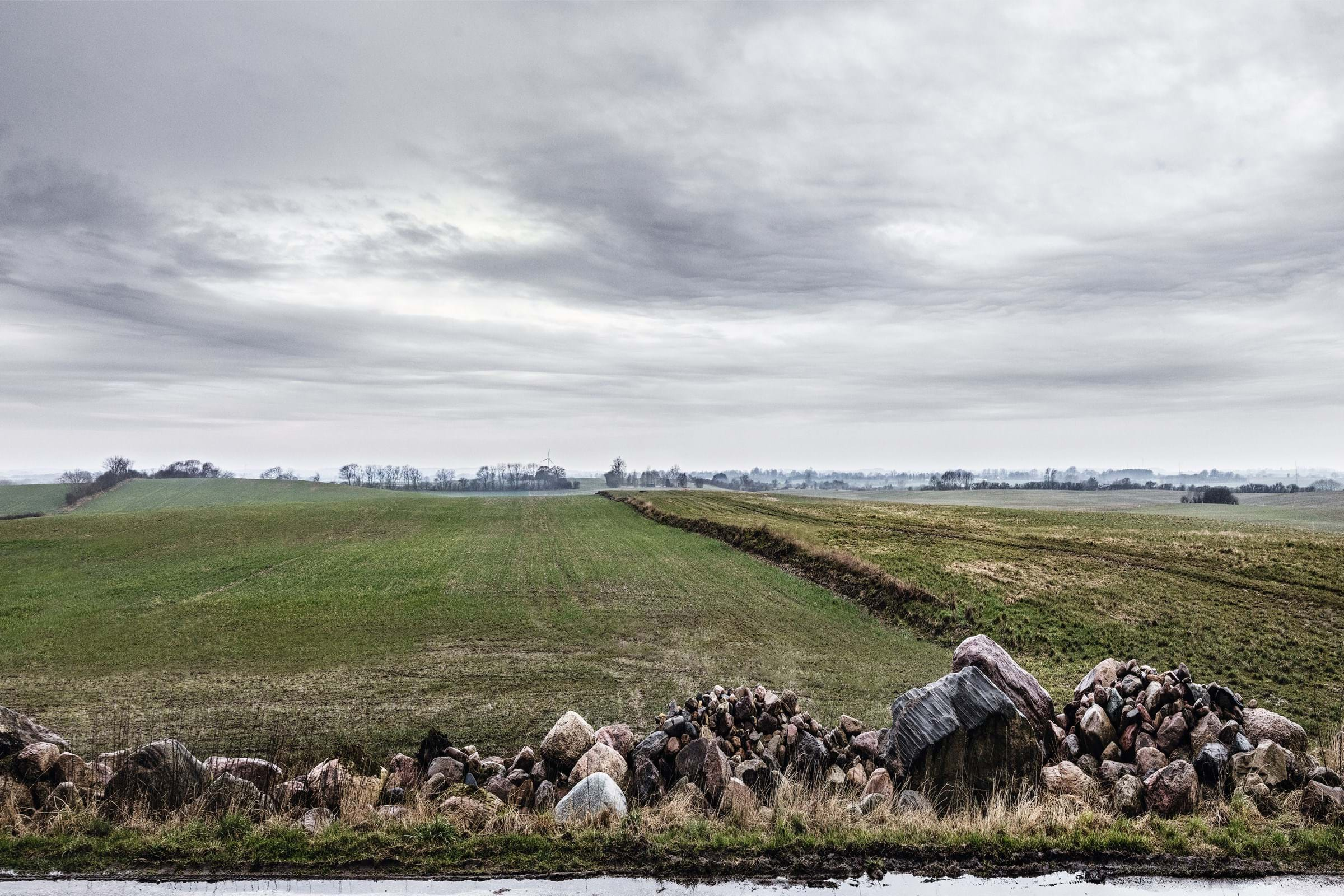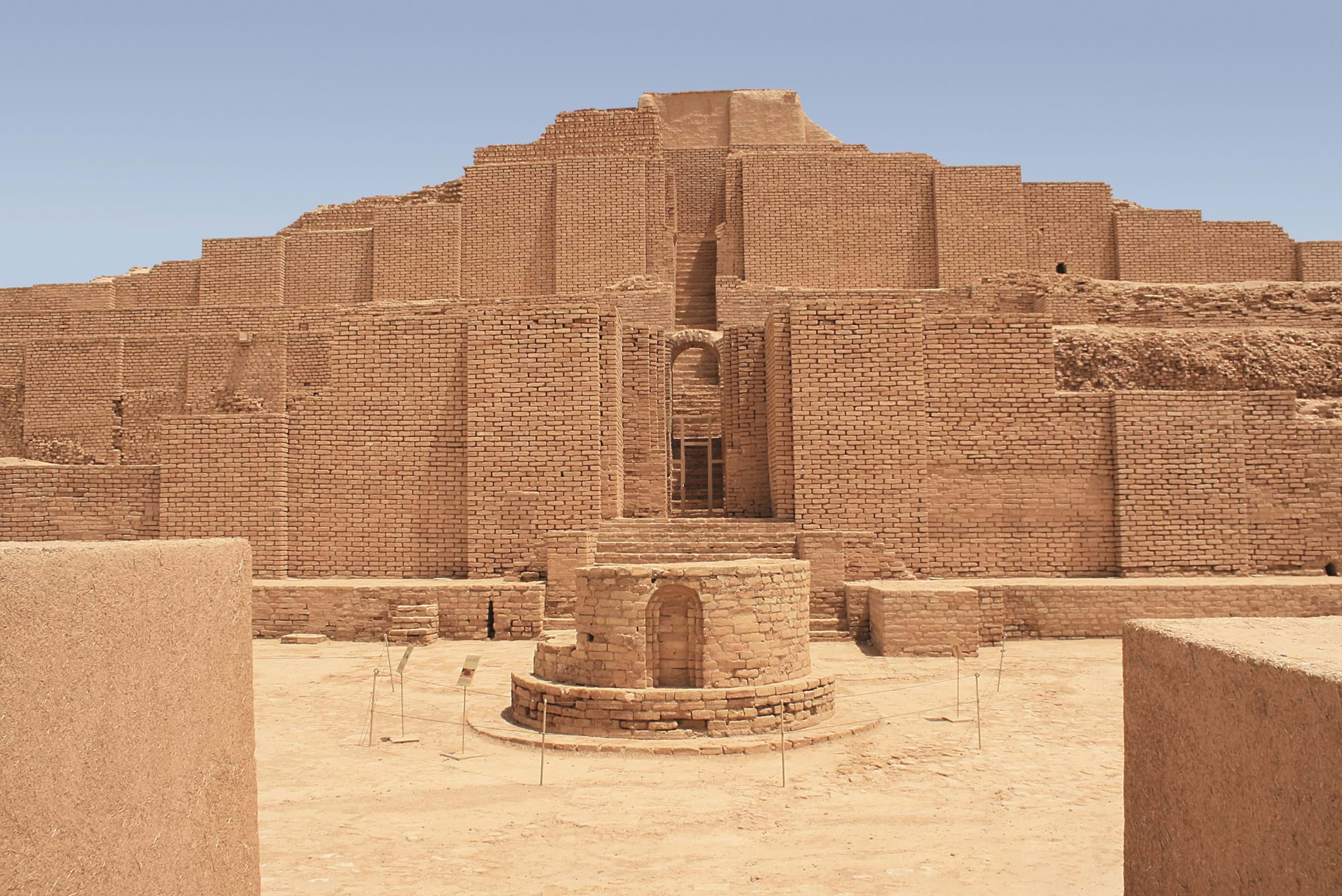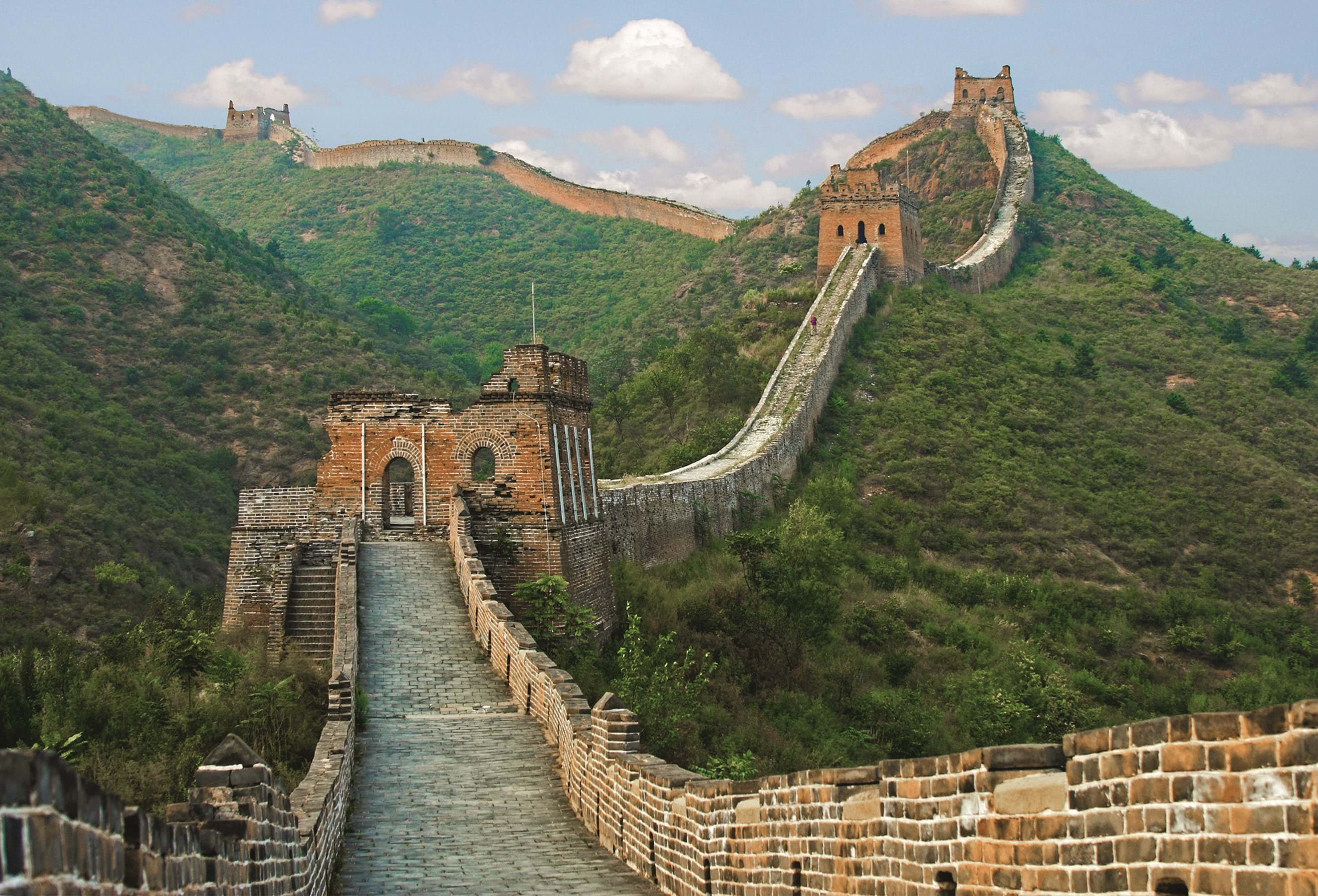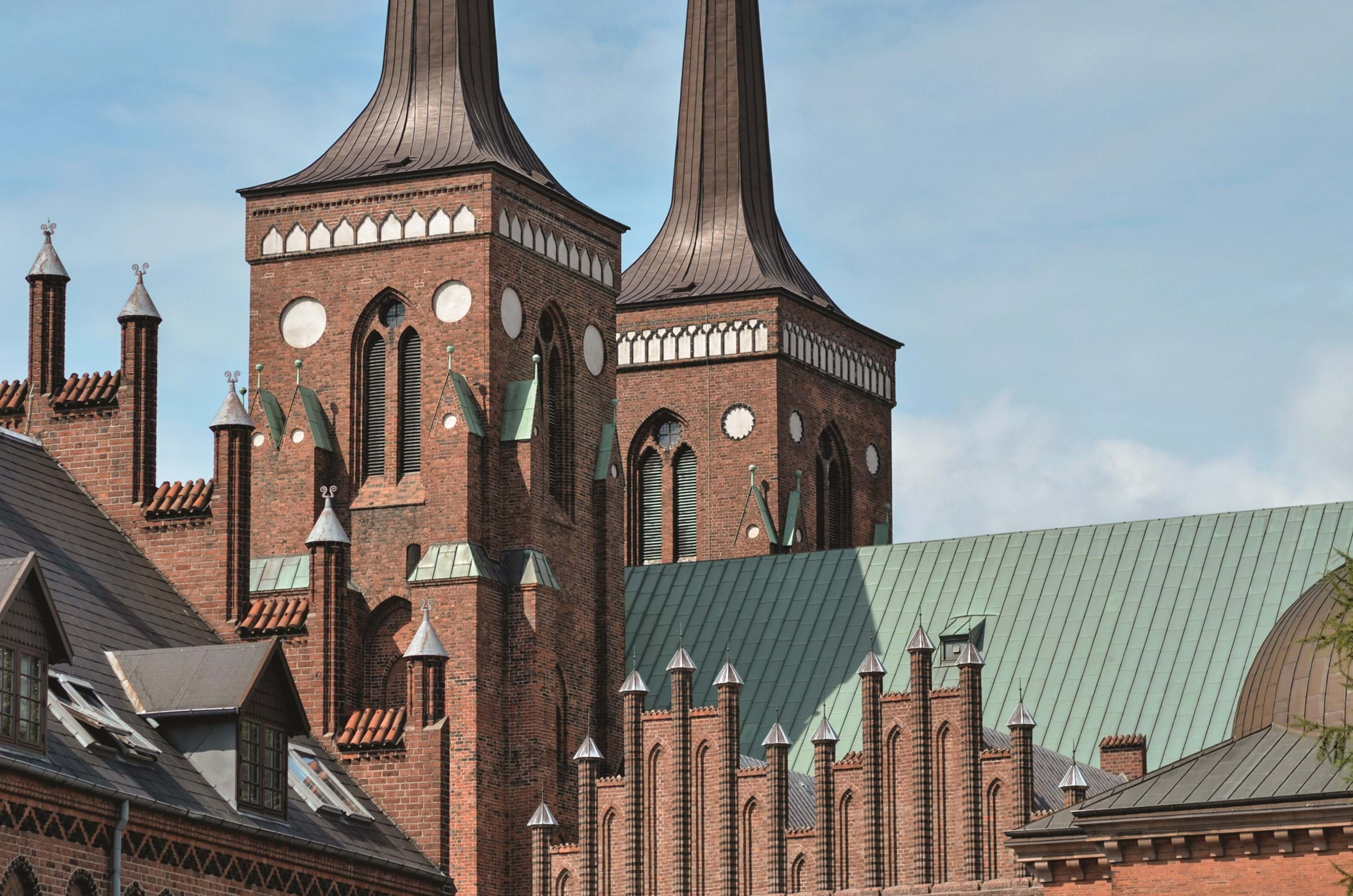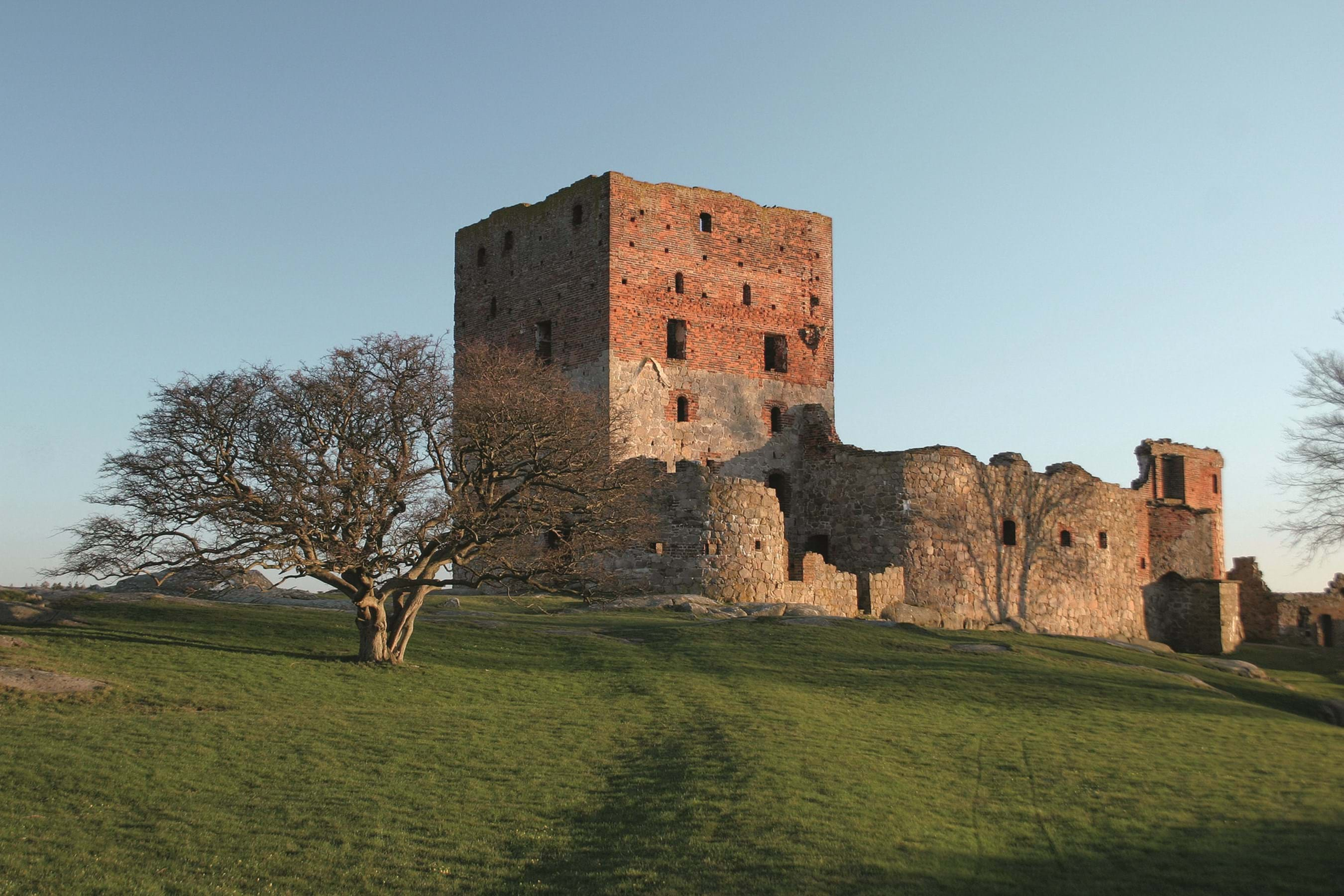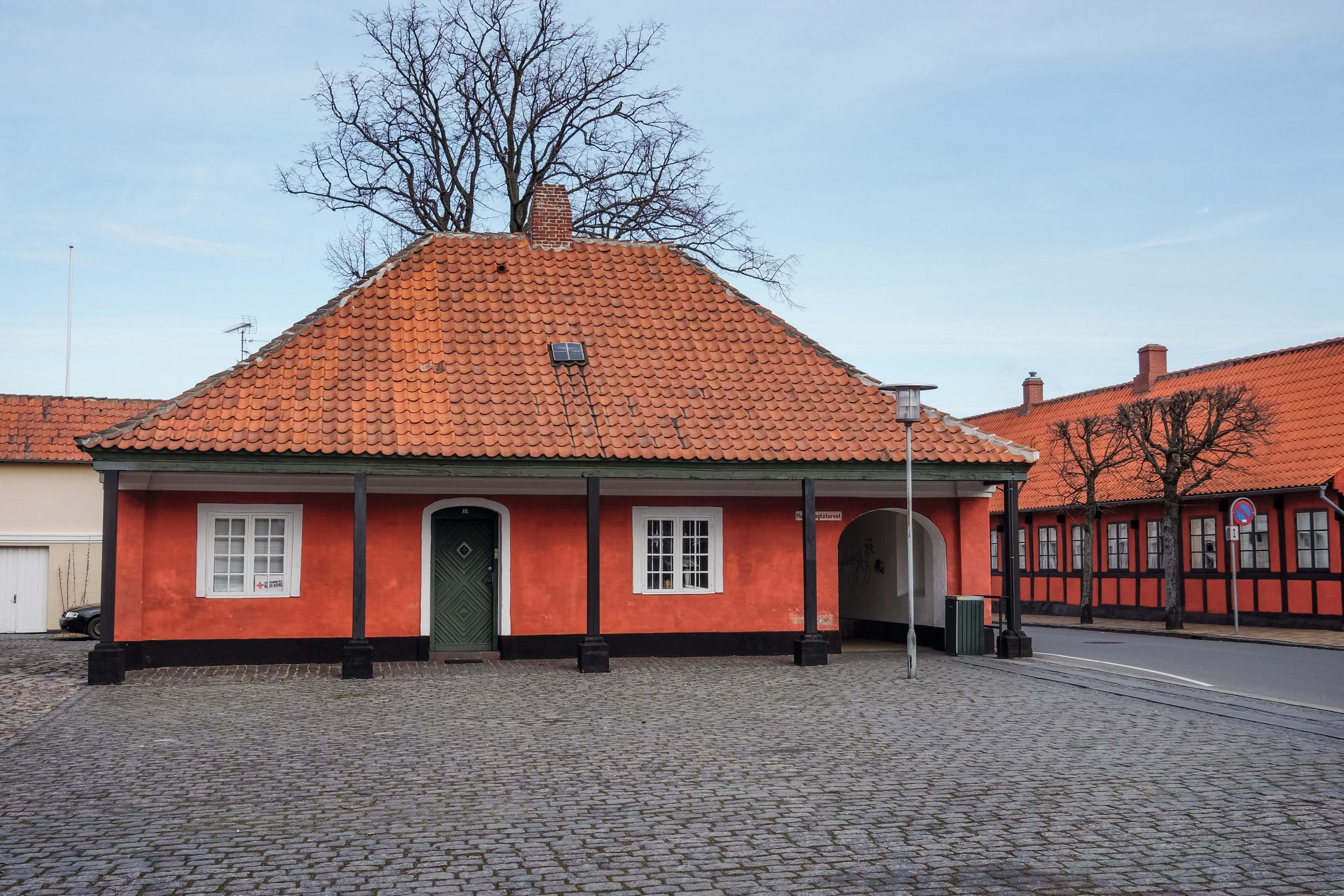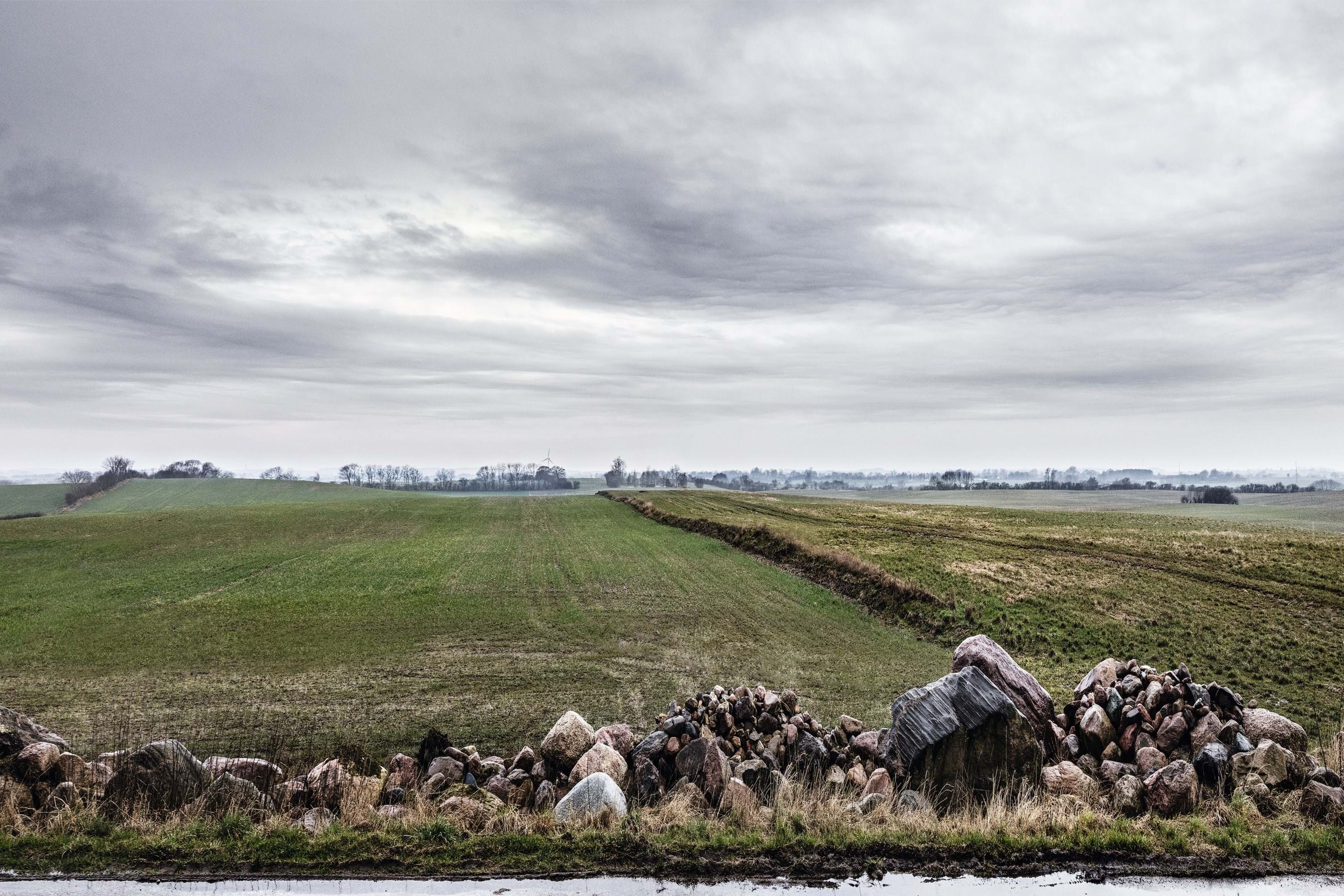The benefits of bricks
CLAY AS A RAW MATERIAL
Brick is made of natural, raw materials, including clay, sand and other minerals. Clay is formed by mineral deposits that accumulate in the ground over a period of some 15,000 years. Over time, rainwater flushes out all of the soluble material from the deposits, leaving natural, pure clay. Once the clay is shaped and fired, it makes extremely hardy bricks that have a lifespan unmatched by other traditional building materials.
EXTRACTION
To extract clay, the topsoil and upper layers of earth are removed and put aside. After the clay has been extracted, these layers are put back so that the site can again be used for farming or other purposes. Usually, there are no visible signs that clay has been extracted from an area, except that the field may be 1–2 metres lower down than it was before. The process of extracting clay has no negative effect on the soil or ground water.
MINIMAL WASTE
Petersen Tegl uses all of the clay it extracts in its production process. If anything goes wrong, the clay and brick are recycled. Since 2015, the volume of water used in production has decreased by 75 %, and all water used in the process is recycled. During production, heat from the ovens is redirected to dry bricks prior to firing. This means that the heat energy generated is used twice.
ENVIRONMENTAL IMPACT
The only significant environmental impact during the raw material and production phase stems from the energy used in firing. Clay must be fired at temperatures in excess of 1,000°C to ensure that the brick is durable and frost-proof.
MAINTENANCE
Brick is used untreated and is maintenance-free. Unlike other building materials, it does not need to be treated with hazardous chemicals like paint, wood preservatives, etc., that have a detrimental impact on the environment.
DURABILITY
Brick is a building product that lasts for hundreds of years without maintenance. Some brick buildings around the world are as much as 3,500 years old. More than two-thirds of the brick churches in Denmark are 700–800 years old, and still look great.
DEMOLITION, DISPOSAL AND RECYCLING OF CRUSHED BRICK
Clay does not cause environmental problems during demolition or disposal. In Denmark, up to approximately 95–99 % of all brick is crushed, recycled and reused, which reduces the need for fresh raw materials. The very small proportion sent for disposal causes no environmental problems, as brick has no negative impact on the soil or groundwater.
RECYCLING
The lime-based mortar used in brick buildings can be broken down and the bricks cleaned and recycled. In 2009, Petersen Tegl and a group of architects developed the facing brick Petersen Cover, which has been part of the standard range since 2014. Cover can be mounted on a wood or steel structure, is easy to remove again, and can be recycled indefinitely.
FIRE
Brick does not burn, and walls made with traditional mortars do not begin to significantly lose strength until temperatures reach over 400°C. After major roof fires, brick walls are often left standing, and can still be recycled without a need for demolishing the building. In the event of fire, it is a significant safety feature that occupants have time to vacate the building before it collapses.
INDOOR CLIMATE IN BRICK-BUILT BUILDINGS
Brick has a beneficial effect on the indoor climate as brickwork emits no gases, smells or other emissions. It also absorbs sounds and vibrations, regulates heat, diffuses water, assists drying after water damage, and provides no nourishment for microorganisms, meaning that it rarely develops mould.
ECONOMY
As brick has a very long service life and does not require maintenance, it is a highly economical building material that helps to ensure the high resale value of brick buildings.
CONCLUSION
The lifespan of a building material determines its environmental impact – the longer it lasts, the better for the environment.
THE BENEFITS OF BRICKS IN BRIEF
• 100 % natural ingredients
• Extraction has no adverse environmental impact
• Production near to the raw materials
• Limited energy consumption over the lifespan of the brick
• Limited CO2 emissions over the lifespan of the brick
• Extremely long product life
• Maintenance-free (no use of chemicals for maintenance)
• Relatively inexpensive in relation to durability and low maintenance costs
• Can be recycled during demolition
• Contains no harmful gases
• No smells
• Fire protection
• Sound-absorbent
• Helps to regulate heat
• Does not nourish mould
ENERGY POLICY IN PETERSEN TEGL
Information about Petersen Tegls energy goals, Energy Management Systems ISO 50001 and the Environmental Product Declaration EPD. READ MORE >

